Breadboard Setup
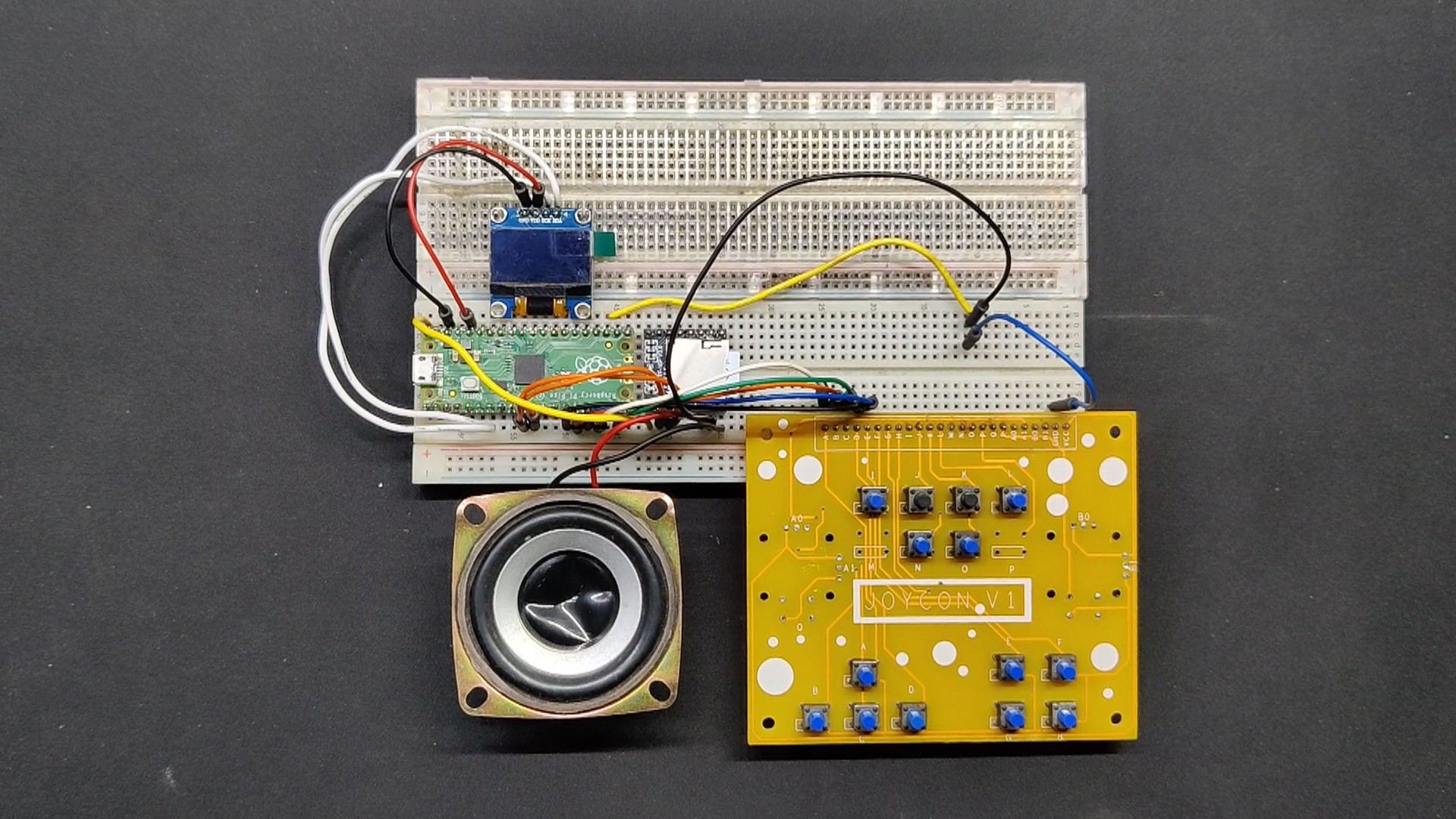
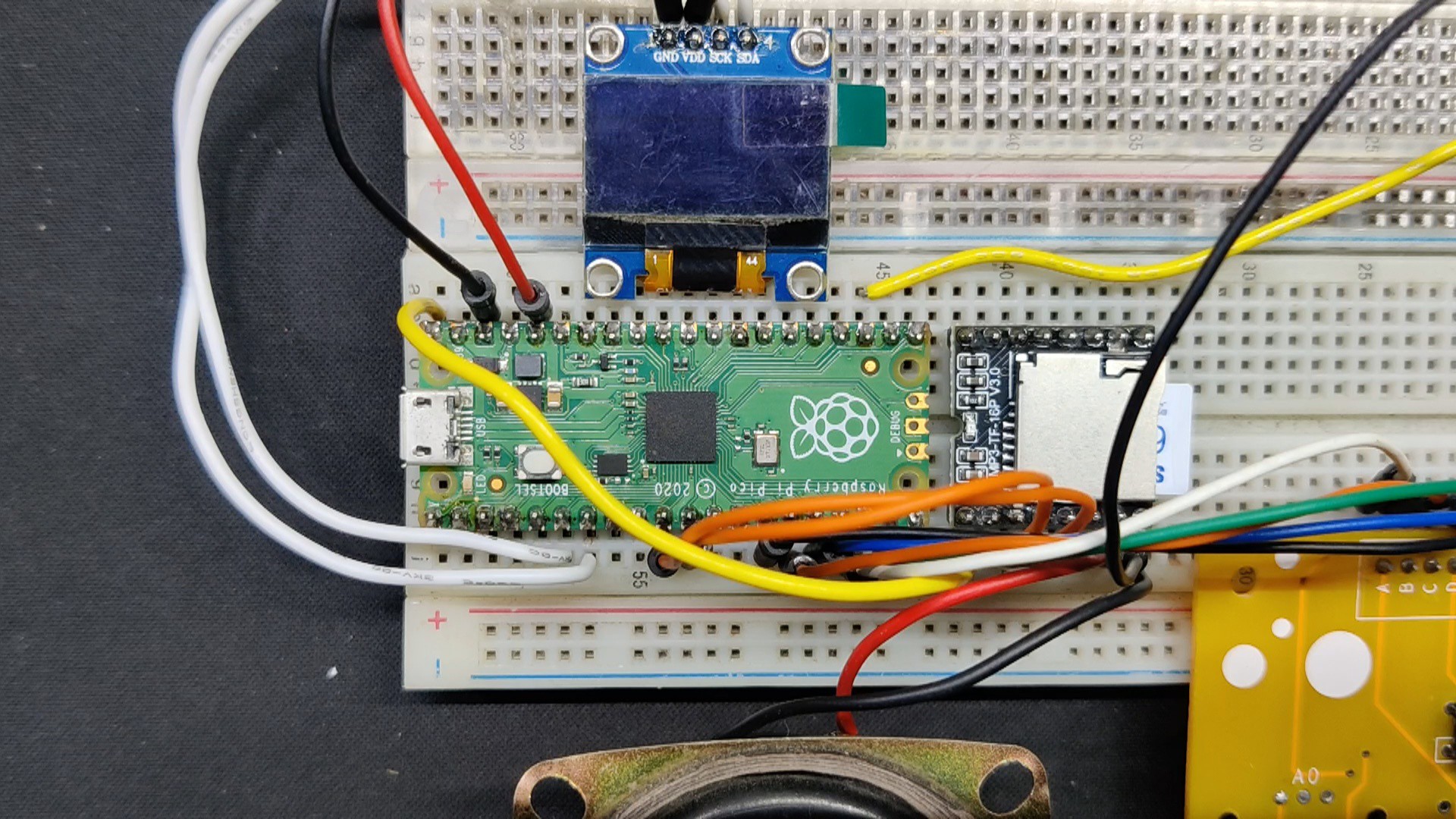
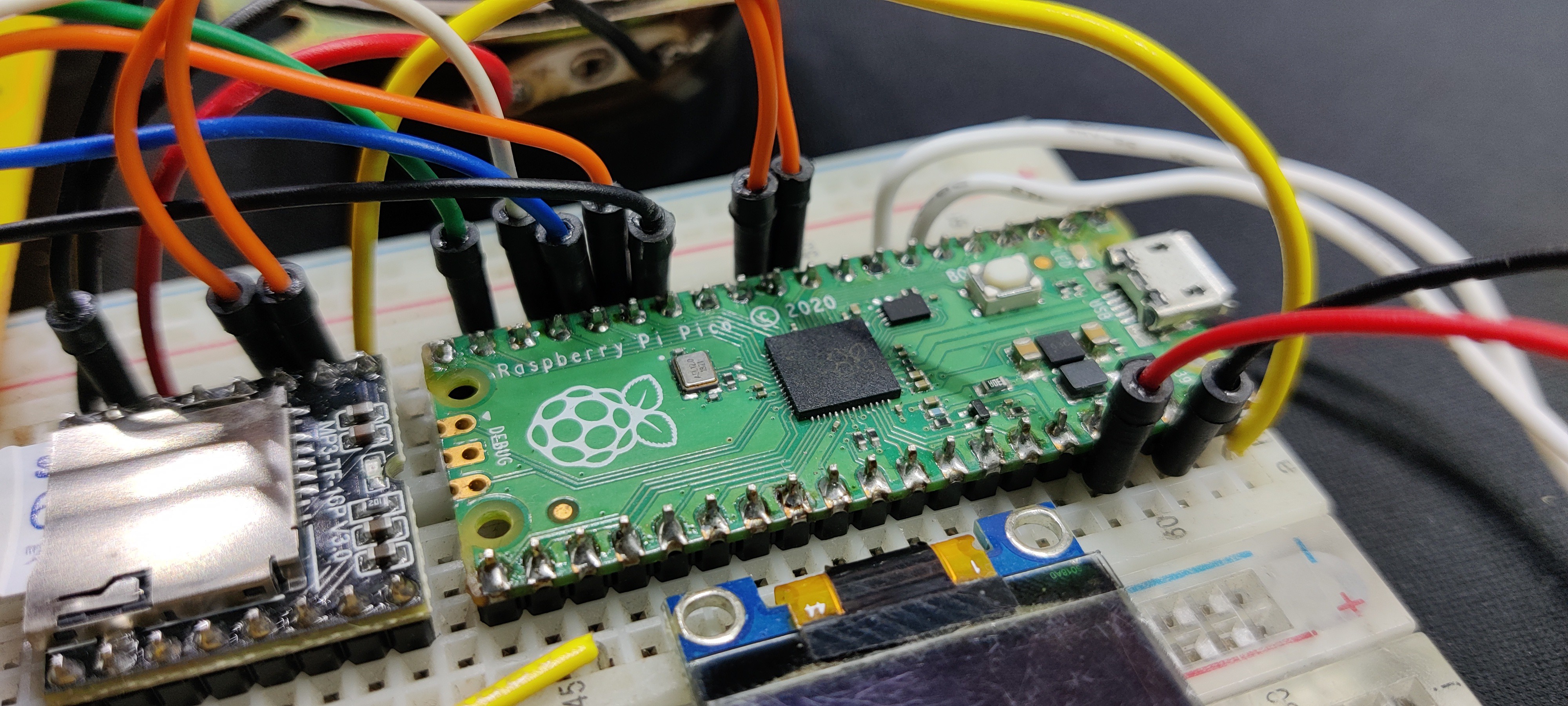
We already designed the WalkPi's Basic Breadboard configuration.
The star of this project is the DFPlayer Mini, which is a mini MP3 Player Module that is based around a 24-bit DAC IC along with an onboard SD Card reader that fully supports the FAT16 and FAT32 file systems.
The project's brain, the Raspberry Pi Pico, is connected to the DF Mini Player, a small, low-cost MP3 module with a simple output straight to the speaker.
We included the SSD1306 OLED screen to show the song list, volume settings, and other information in addition to song names.
Here's the brief article about how we setup the breadboard setup:
https://www.hackster.io/Arnov_Sharma_makes/walkpi-breadboard-version-317c16
In order to simplify the design process for subsequent iterations, we evaluated all of the device's internal workings in the breadboard version, which was the first step of testing this project before proceeding to the PCB design phase.
PCB Design
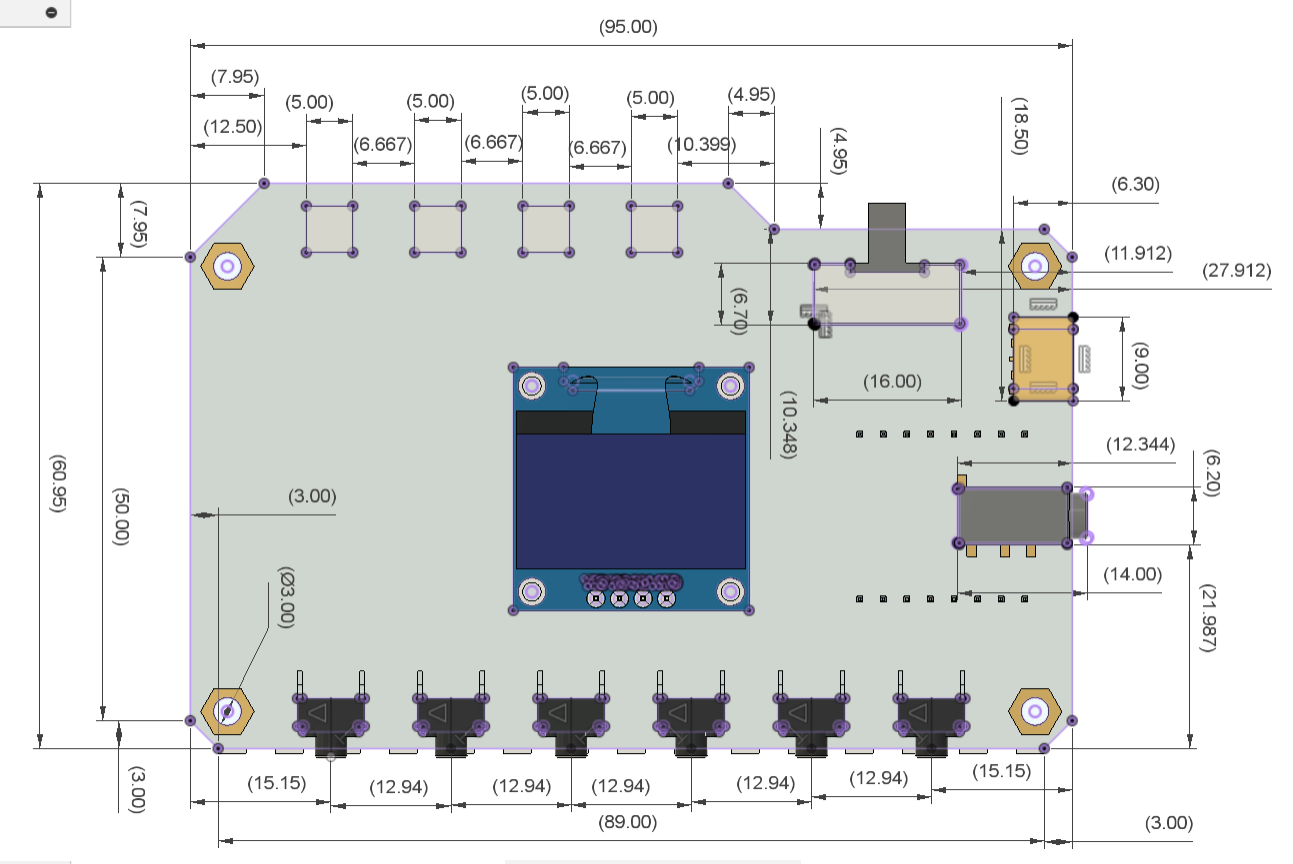
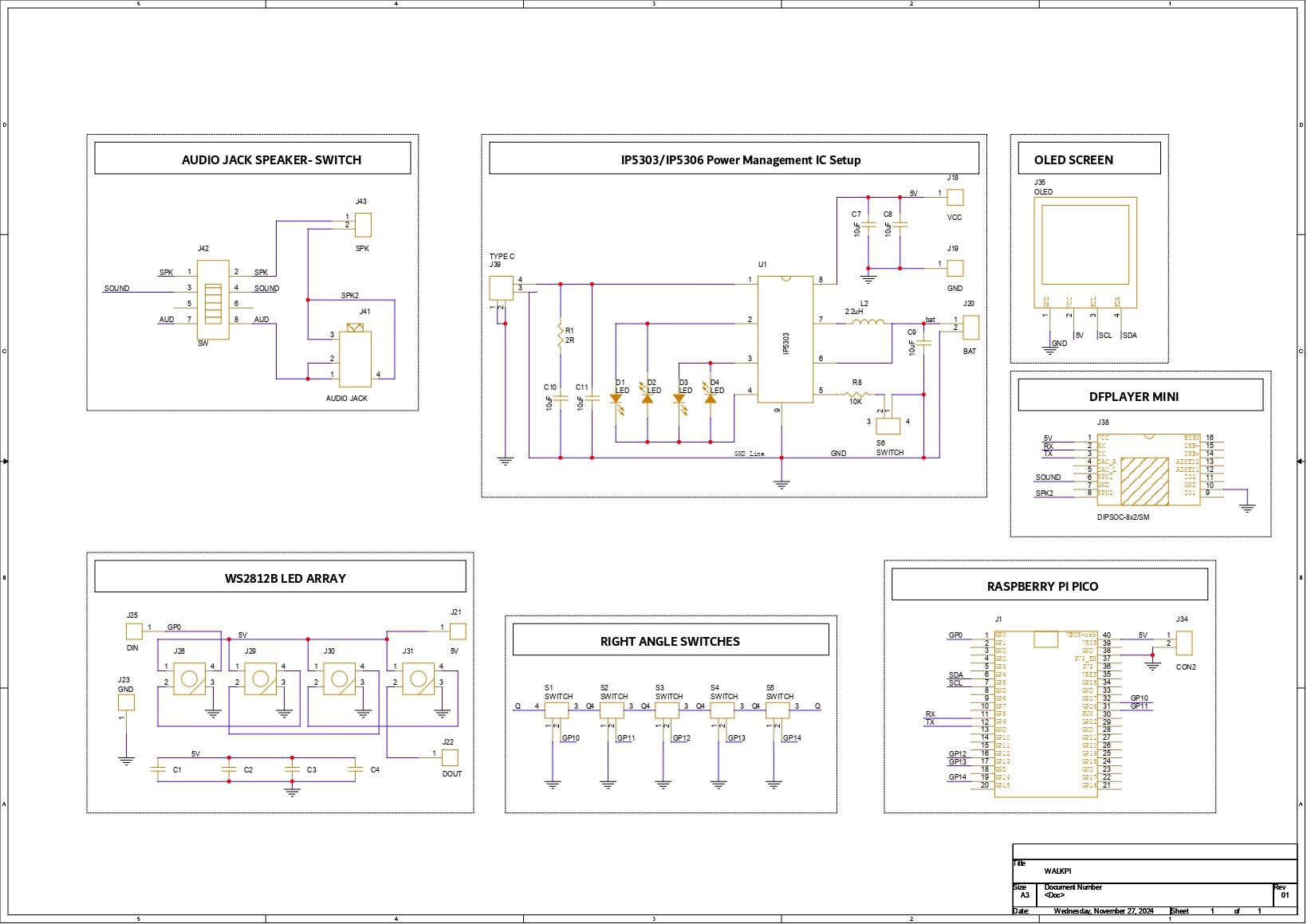
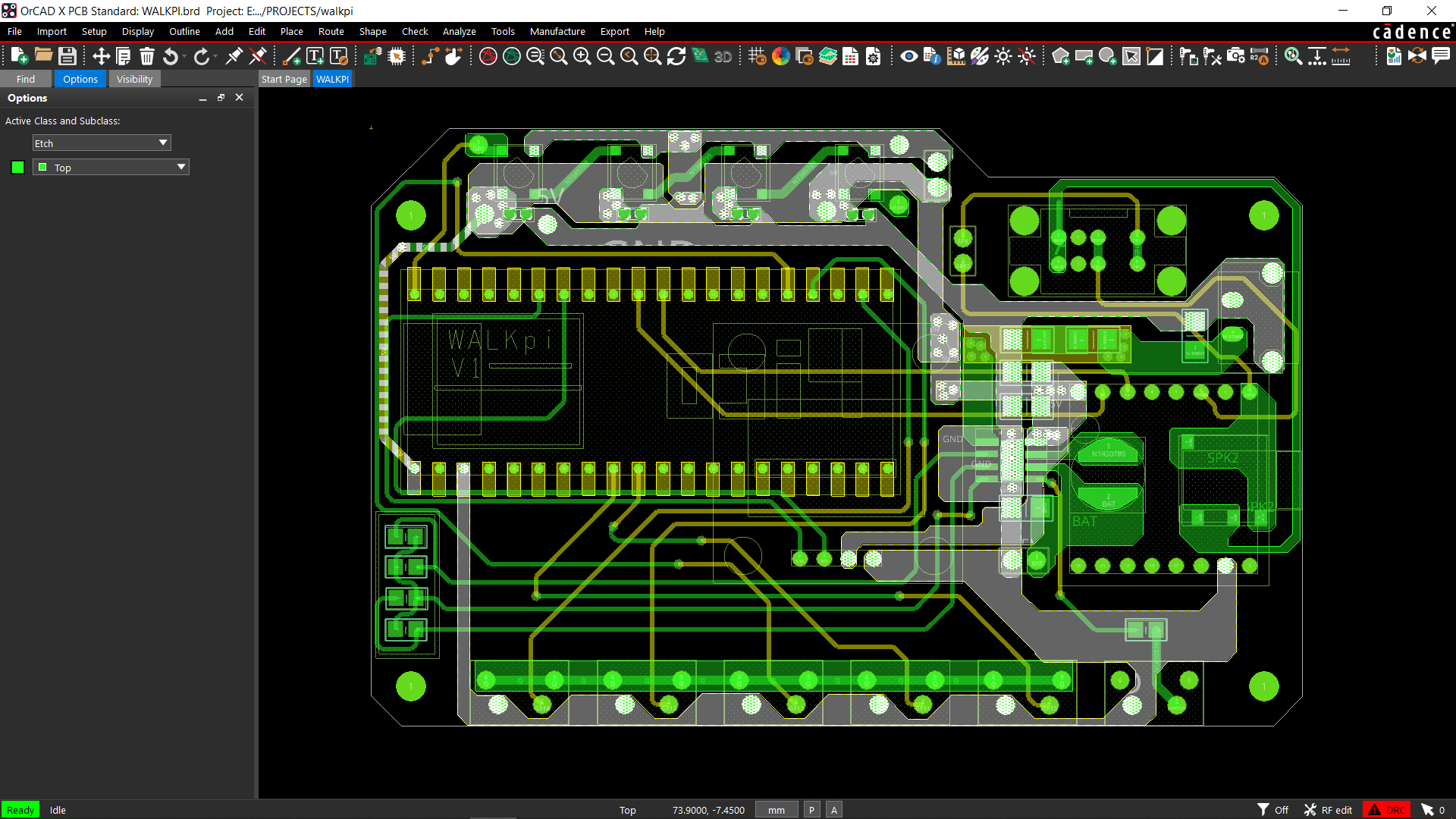
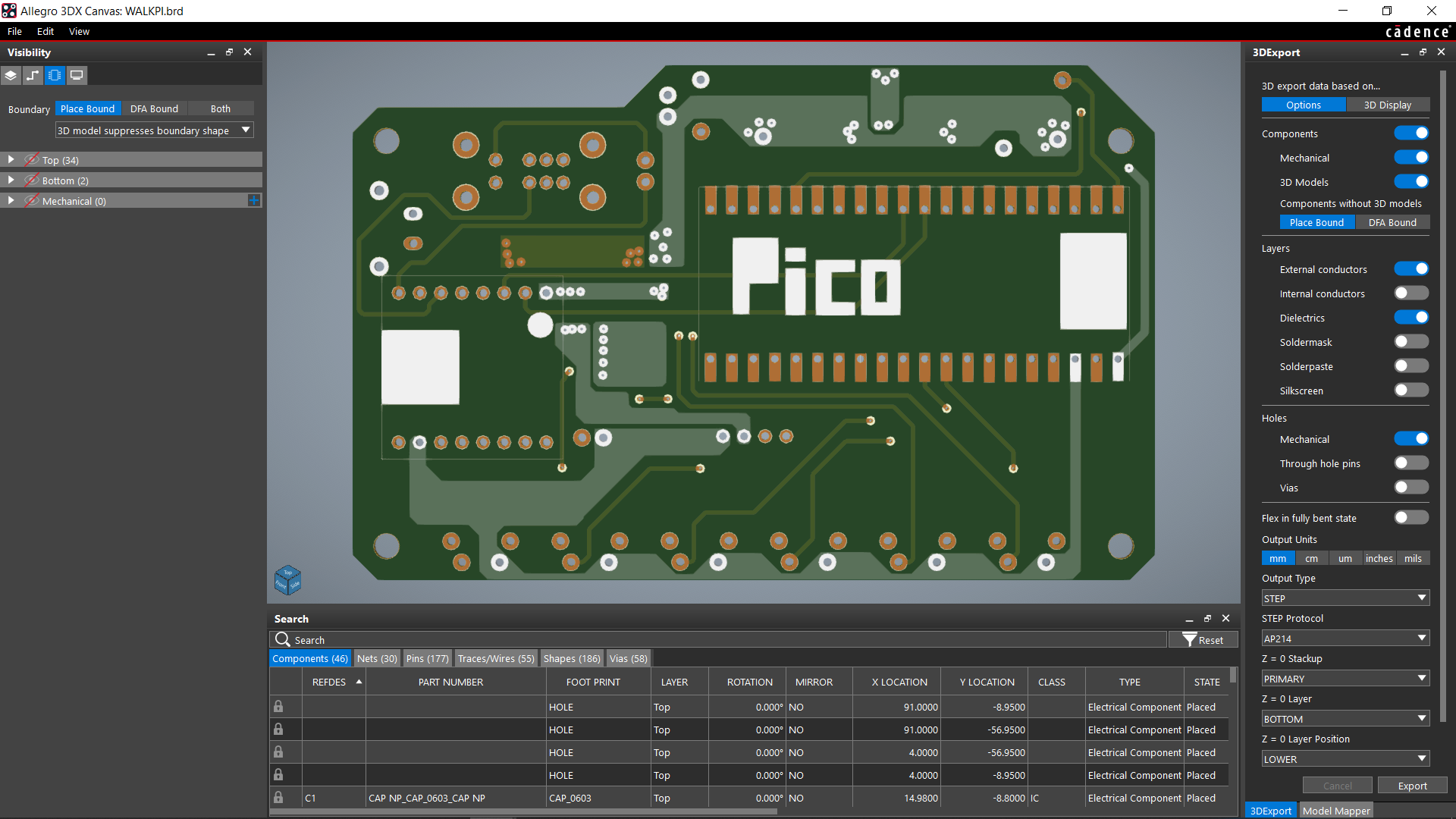
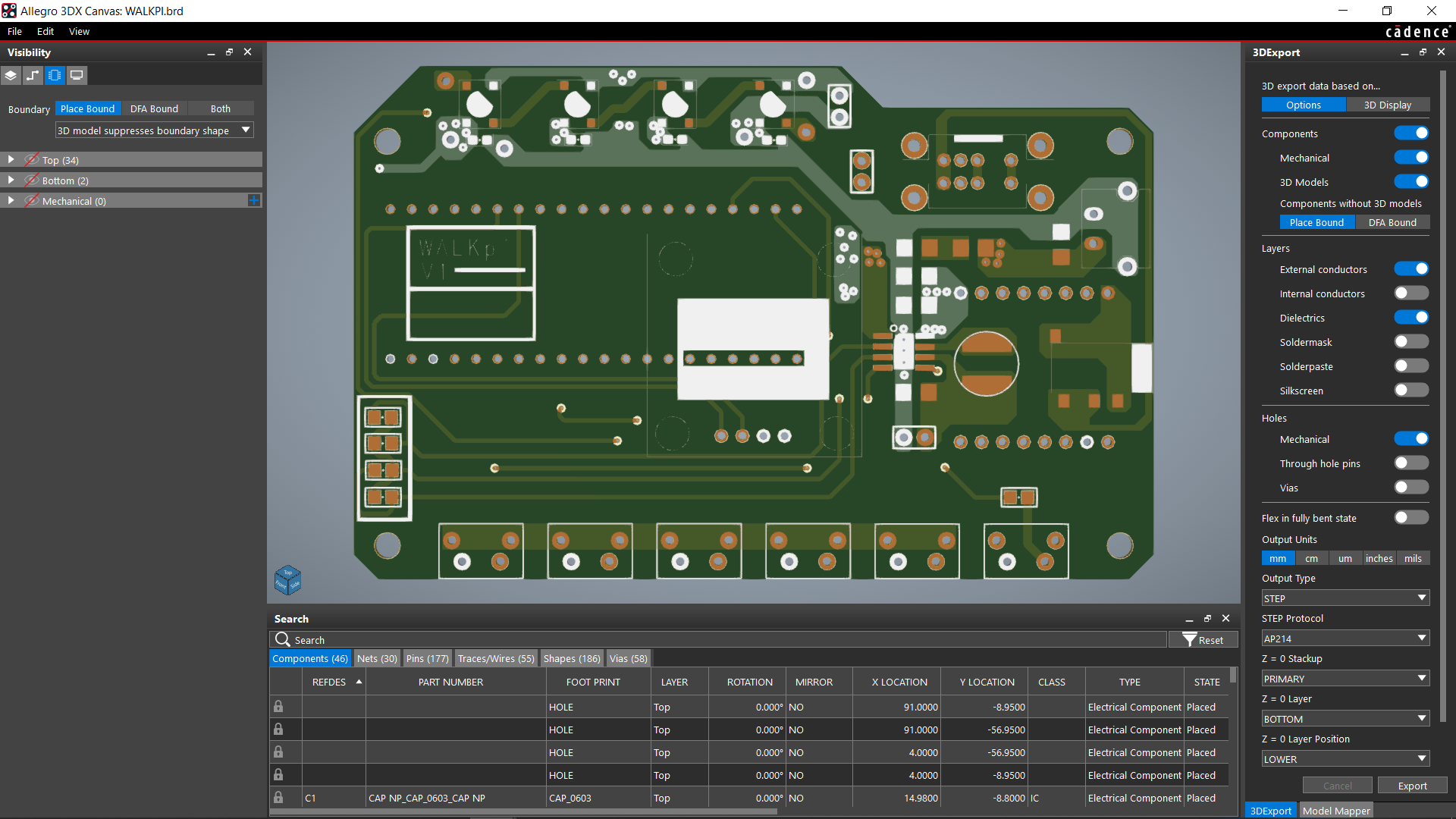
The project's PCB design begins with the creation of a schematic, which is separated into seven circuit parts: the Raspberry Pi Pico 2, the WS2812B LED array, the RIGHT Angle Switch Array, the OLED screen, the DFPLAYER, the Audio Jack-Speaker Switch, and the Power Managamenet Setup.
The IP5306 Power Management Board Setup is the first thing we will go over. Its basic configuration includes the IP5306 IC itself, along with decoupling capacitors on the input, output, and battery sides, LEDs for the battery fuel level, a Type C port for input that will be used to charge the cell, and an SMD inductor that will increase the 3.7V cell's output to a constant 5V.
Next comes the Pico 2 Setup, which connects to the OLED display's I2C ports as well as the DF Mini Player's TX and RX pins. To function, the DF Player, the OLED screen, and the PICO's VCC require 5V from the power management board setup.
We added an interesting feature to this device: the DF Mini player's output is connected to the central terminal of a Slide DPDT Slide switch, which is also connected to an audio jack and speaker. The sliding switch allows the user to play music via either the audio jack or the speaker.
An array of WS2812B LEDs was also added; four of the LEDs were connected in their standard configuration, with the first LED's Din connected to PICO's GPIO0. The first LED's dout is connected to the second's din, the second's dout is connected to the third's din, and so on, up to the fourth LED.
Finally, we employed a total of six buttons in this project, five of which are connected to PICO and will be used for up-and-down navigation, music selection, and volume up-and-down control. In order to turn the device on and off, the sixth button is connected to the power management setup.
Following the creation of the schematic, we also created a mockup CAD file for the board, in which we modeled every component that we would need to install in the circuit, including the PCB, vertical push buttons, Raspberry Pi Pico, DF Mini Player, slide switch, and Type C port.
We create the board layout and arrange all the parts to complete the circle using the dimensions obtained from the Cad file.
PCBWAY Service
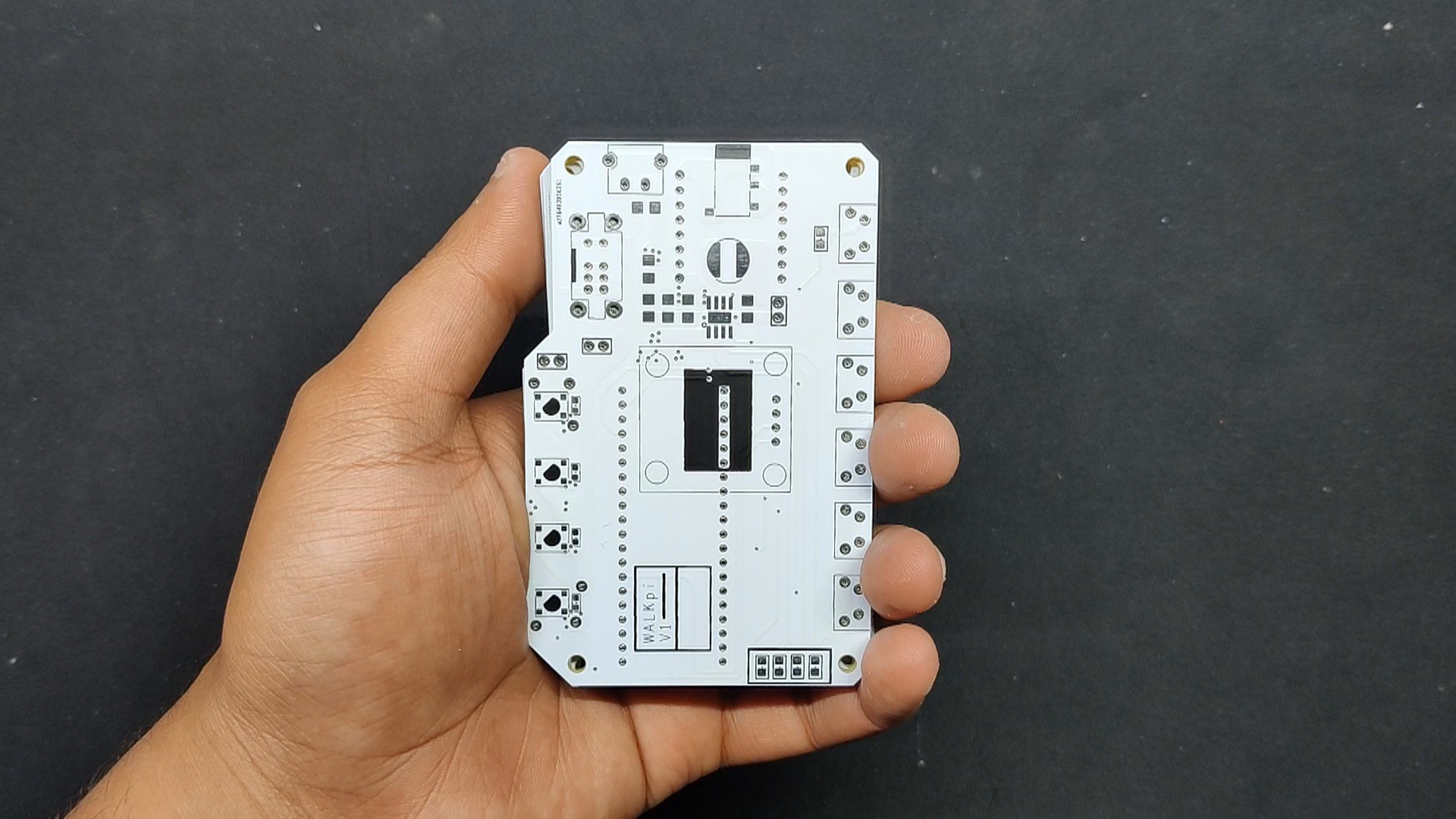
Following the completion of the board design, we ordered PCBs in white solder masks with black silkscreen and submitted the PCB's Gerber data on the PCBWAY quote page.
PCBs were received within a week, and the PCB quality was outstanding. Here, we added a few design elements on the board's silkscreen layer to increase the aesthetic appeal of the project. PCBWAY made the custom layer properly, which shows their great PCB manufacturing capabilities.
Also, PCBWay is hosting its 7th Project Design Contest, a global competition that invites electronics enthusiasts, engineers, and makers to showcase their innovative projects. The contest provides a platform for participants to share their creativity and technical expertise with the broader community.
This year’s competition includes three major categories: electronic project, mechanical project and SMT 32 project
With prizes awarded for the most exceptional designs, the contest aims to inspire and support innovation, making it an exciting opportunity for both professionals and hobbyists to gain recognition and connect with like-minded creators.
We also used PCBWAY's Giftshop for sourcing the Pico 2, DF Mini Player, and the SSD1306 Display.
PCBWAY gift shop is an online marketplace where you can get a variety of electronics modules and boards for their genuine price
You guys can check out PCBWAY if you want great PCB service at an affordable rate.
 Arnov Sharma
Arnov Sharma